There are many misconceptions about famous books and their authors that have persisted over time. These false beliefs often shape our understanding of literature and the people who wrote it, sometimes overshadowing the true stories behind these iconic works. In this article, we’ll explore some of the most common myths and set the record straight.
Shakespeare Didn’t Write His Own Plays
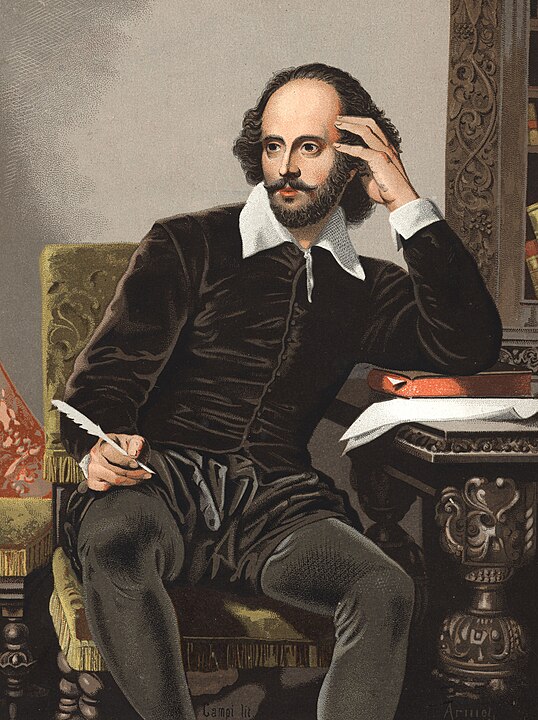
One of the most persistent myths in literature is that William Shakespeare did not write his own plays. Some theories suggest that a nobleman or another writer, such as Christopher Marlowe or Francis Bacon, was the true author. However, there is no credible evidence supporting this claim. Extensive records, including those from his contemporaries, consistently credit Shakespeare with his work, and the unique style found in his plays strongly aligns with the known characteristics of his writing.
Mary Shelley’s Frankenstein Was Written by Her Husband
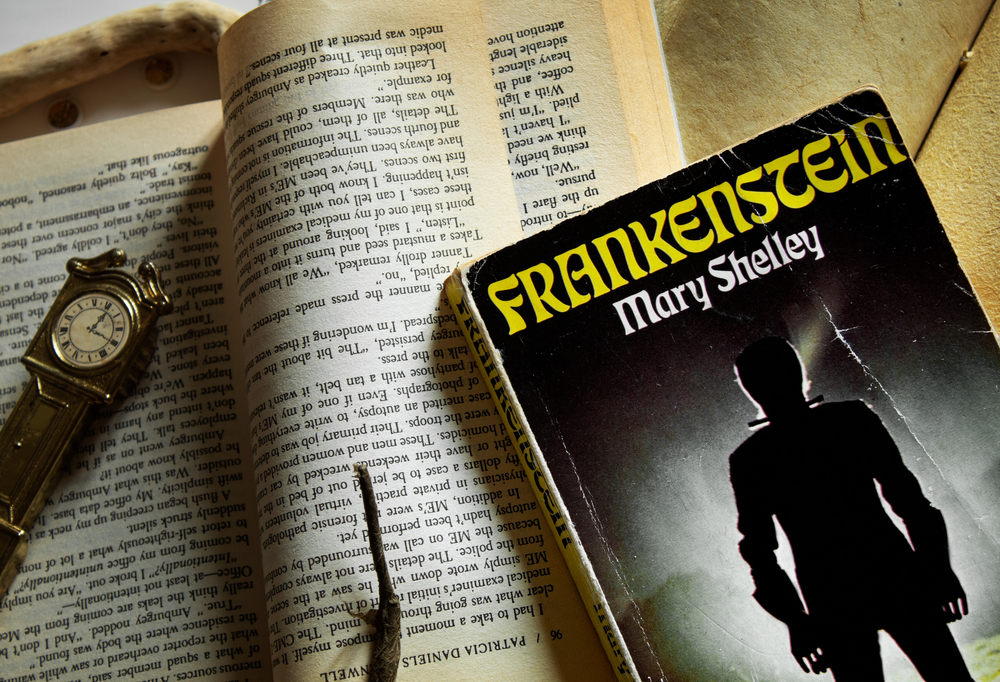
Some critics have speculated that Percy Bysshe Shelley, Mary Shelley’s husband, was the real author of Frankenstein. This belief stems from the fact that Percy provided some editorial assistance. However, Mary’s journals and letters show that she was the primary author, and the novel’s themes and style are consistent with her other works. The claim diminishes Mary Shelley’s literary accomplishments and overlooks her distinct voice and perspective.
Moby-Dick Was a Flop During Herman Melville’s Lifetime
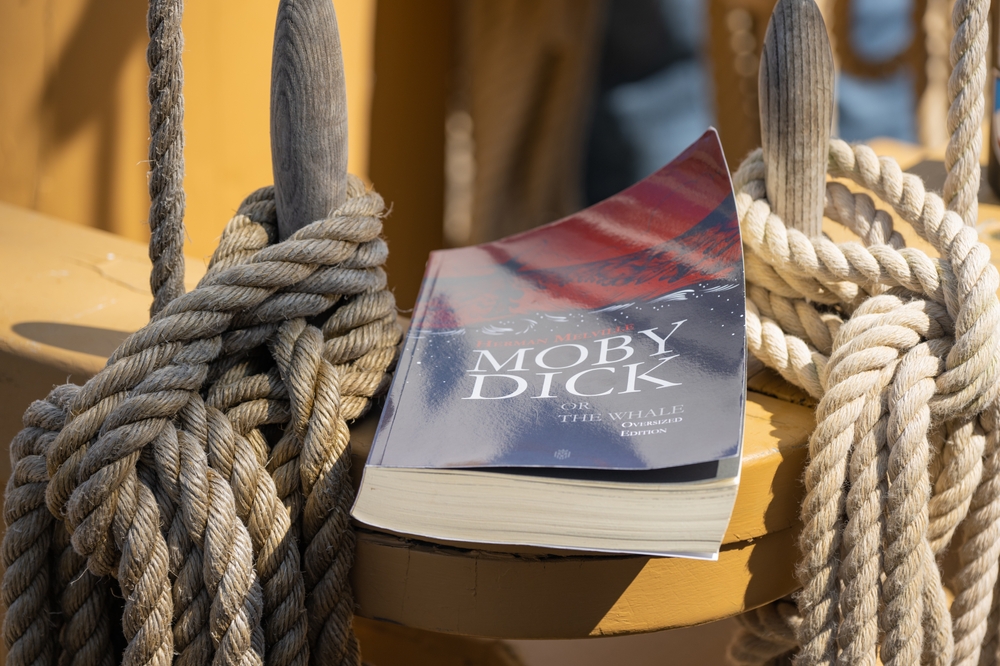
It’s often believed that Herman Melville’s Moby-Dick was a complete failure when first published. While the novel was not a commercial success, it was not entirely ignored or dismissed. Some contemporary reviews were positive, recognizing its complexity and ambition. Over time, the book’s reputation grew, and today it is considered a masterpiece of American literature.
The Great Gatsby Was F. Scott Fitzgerald’s Only Important Work
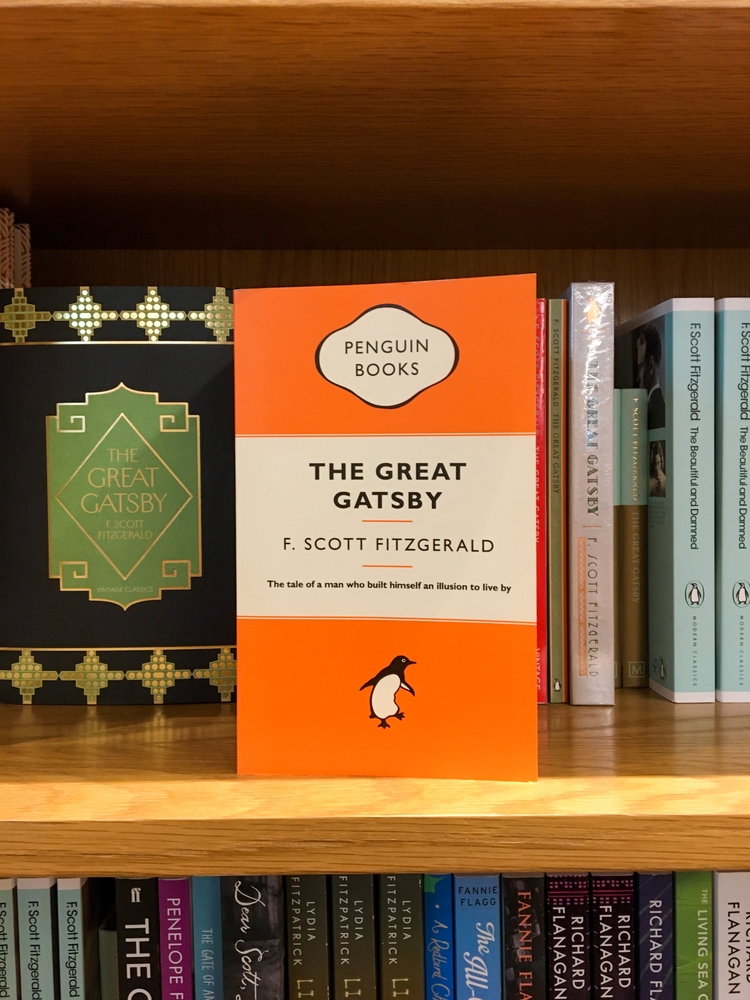
F. Scott Fitzgerald is often solely associated with The Great Gatsby, leading to the false belief that it was his only significant work. In reality, Fitzgerald wrote numerous other important pieces, including Tender Is the Night and This Side of Paradise, as well as many short stories that captured the spirit of the Jazz Age. His broader body of work contributes richly to American literature.
Edgar Allan Poe Was a Drug Addict
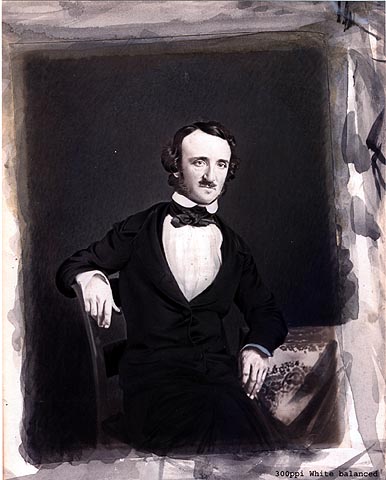
Edgar Allan Poe is frequently portrayed as a troubled genius who was addicted to drugs, particularly opium. However, there is little evidence to support this. While Poe struggled with alcoholism and faced many personal challenges, the claim of drug addiction appears to be more of a myth than reality. This misconception often overshadows his literary achievements and the sophistication of his work.
George Orwell’s 1984 Was a Direct Critique of Stalinism
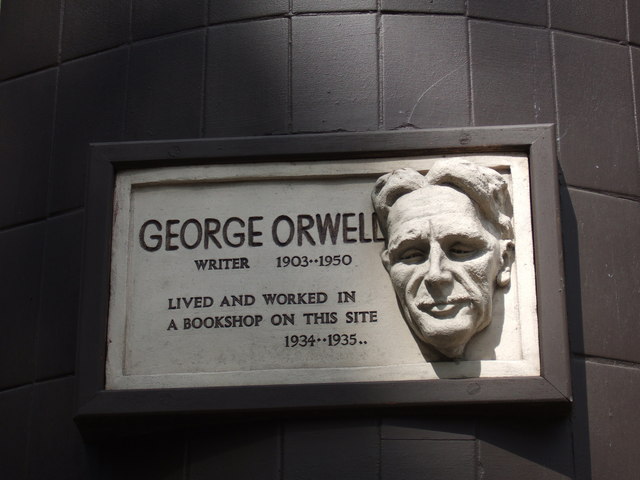
While 1984 is often interpreted as a critique of Stalinism, George Orwell intended the novel to be a broader warning about totalitarianism and the dangers of absolute power. Orwell was critical of authoritarian regimes across the political spectrum, not just Stalinist Russia. The novel’s themes are meant to apply universally, cautioning against the erosion of individual freedoms in any form of government.
J.D. Salinger Was a Recluse Who Never Published Again After The Catcher in the Rye
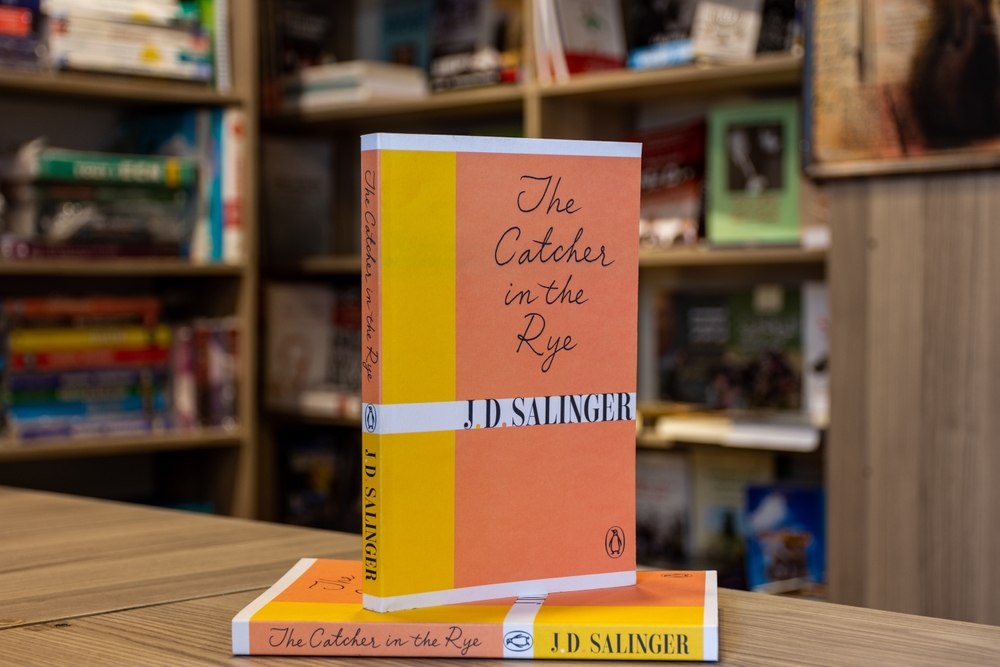
J.D. Salinger is often depicted as a reclusive author who never published another work after The Catcher in the Rye. While Salinger did lead a private life, he continued to write and publish stories in various magazines, including Franny and Zooey and Raise High the Roof Beam, Carpenters. Salinger’s decision to retreat from public life did not mean he stopped creating, and his later works further enriched his literary legacy.
The Diary of Anne Frank Is Entirely Authentic
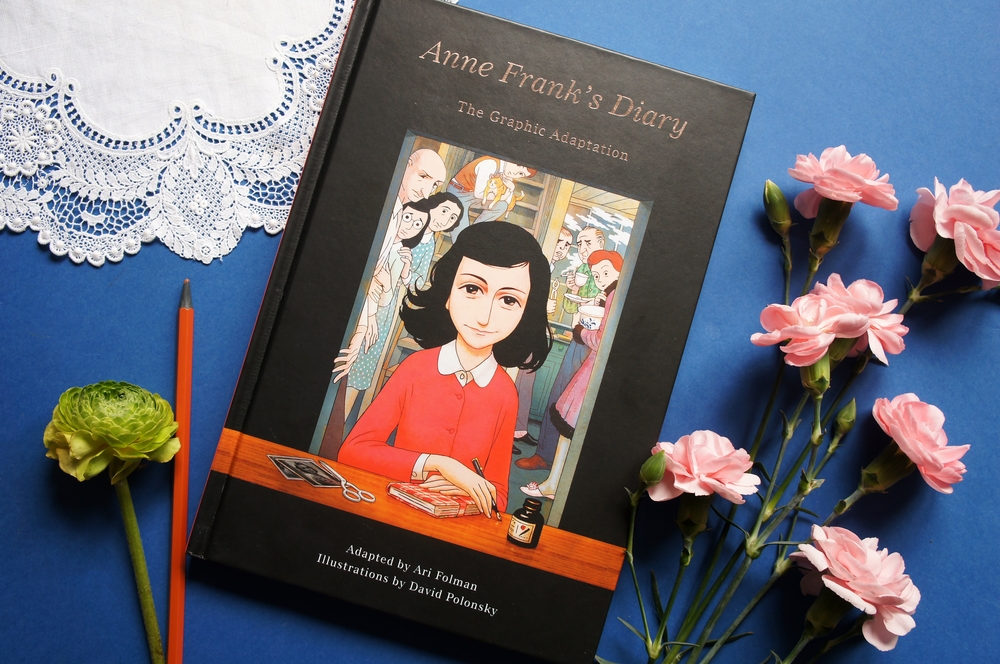
While The Diary of Anne Frank is largely authentic, it has been edited and revised by Anne Frank herself, as well as by her father, Otto Frank, after her death. Some passages were omitted or altered for various reasons, including privacy and readability. However, the core of the diary remains a powerful and true account of a young girl’s experience during the Holocaust, though it is not a verbatim transcript of her original writings.
Lewis Carroll Was a Pedophile
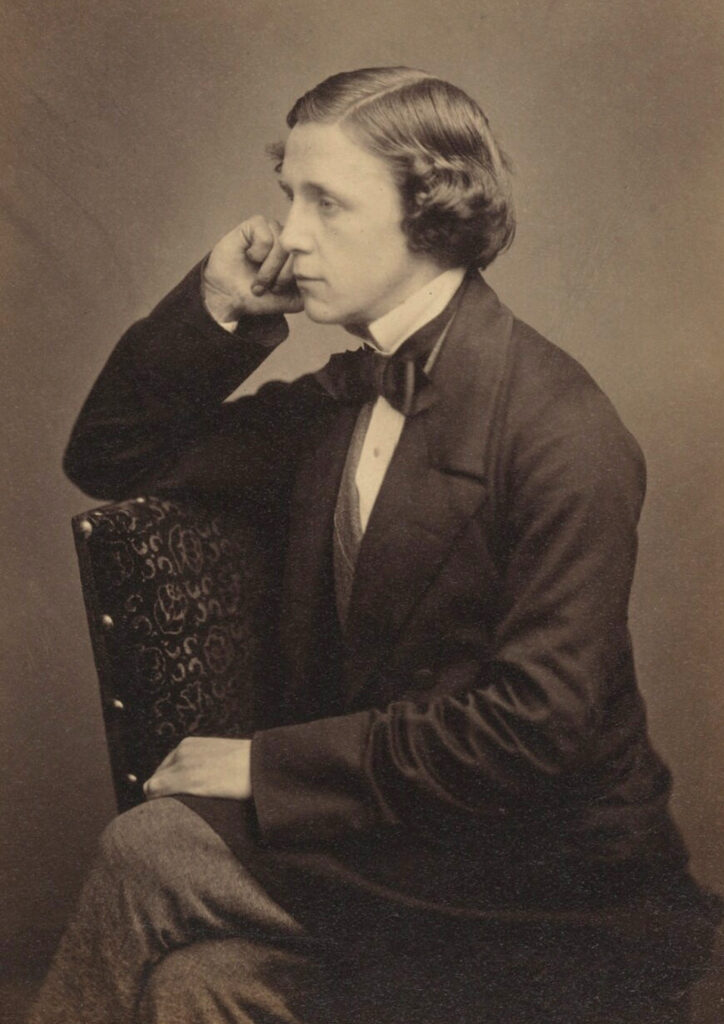
Allegations that Lewis Carroll, the author of Alice’s Adventures in Wonderland, was a pedophile have been largely debunked by scholars. These claims are based on misinterpretations of his relationships with children, particularly Alice Liddell, the inspiration for the character Alice. Carroll’s behavior, when examined in the context of the Victorian era, does not support the notion that he had inappropriate intentions, and there is no concrete evidence to substantiate these allegations.
To Kill a Mockingbird Was Harper Lee’s Only Novel
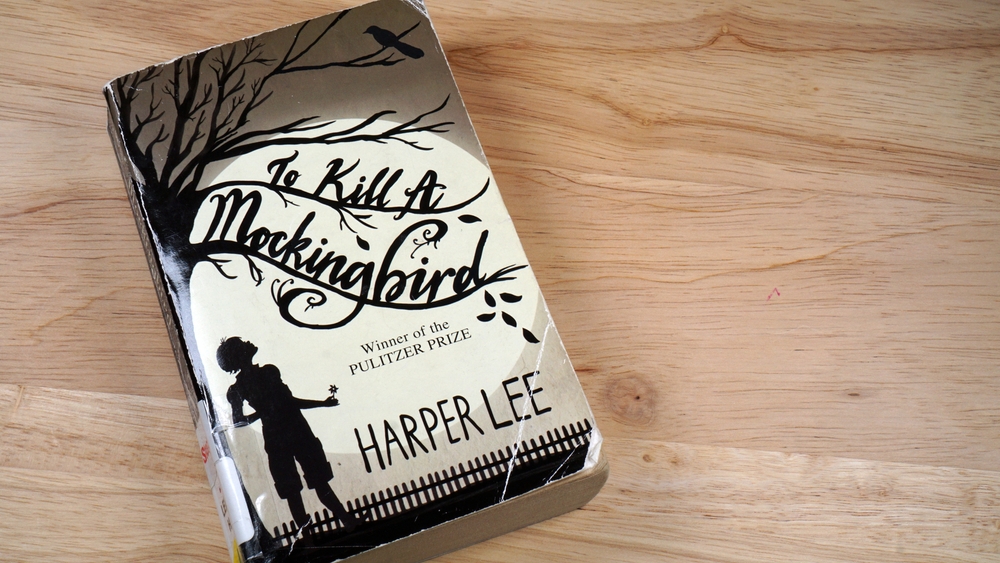
For decades, it was believed that Harper Lee only wrote one novel, To Kill a Mockingbird. However, in 2015, Go Set a Watchman was published, which is considered by many to be a first draft or a companion piece to her famous work. The discovery of Go Set a Watchman challenged the belief that Lee was a one-book author, revealing that her literary contributions were more complex and extensive than previously thought.
Jane Austen Lived a Quiet, Unremarkable Life
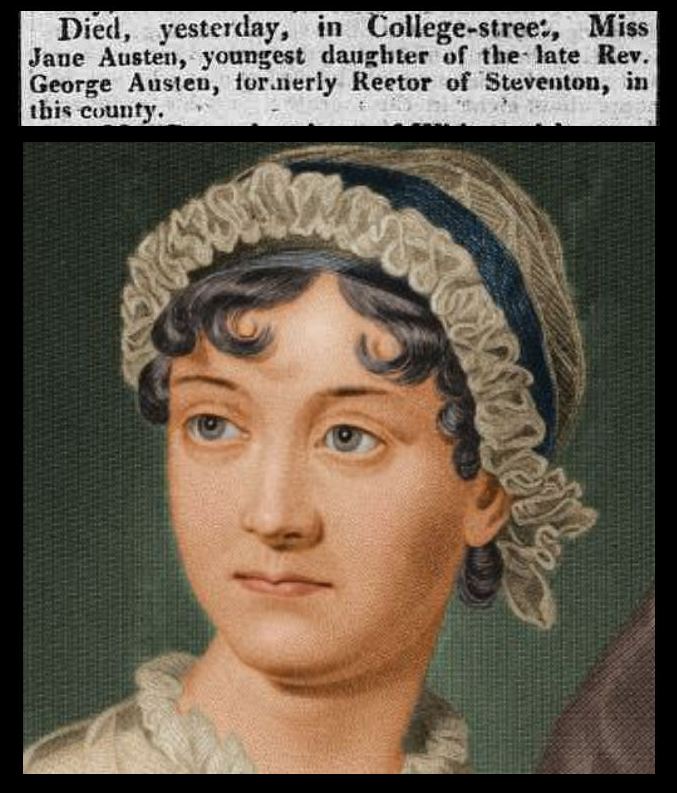
Many people assume that Jane Austen lived a quiet, uneventful life, writing her novels in relative obscurity. However, Austen was actively engaged in the literary and social circles of her time, and her sharp wit and keen observations were influenced by her rich personal experiences. Austen’s life was filled with social dynamics, financial struggles, and a deep involvement in her family’s affairs, all of which informed her novels.
James Joyce’s Ulysses Is Incomprehensible
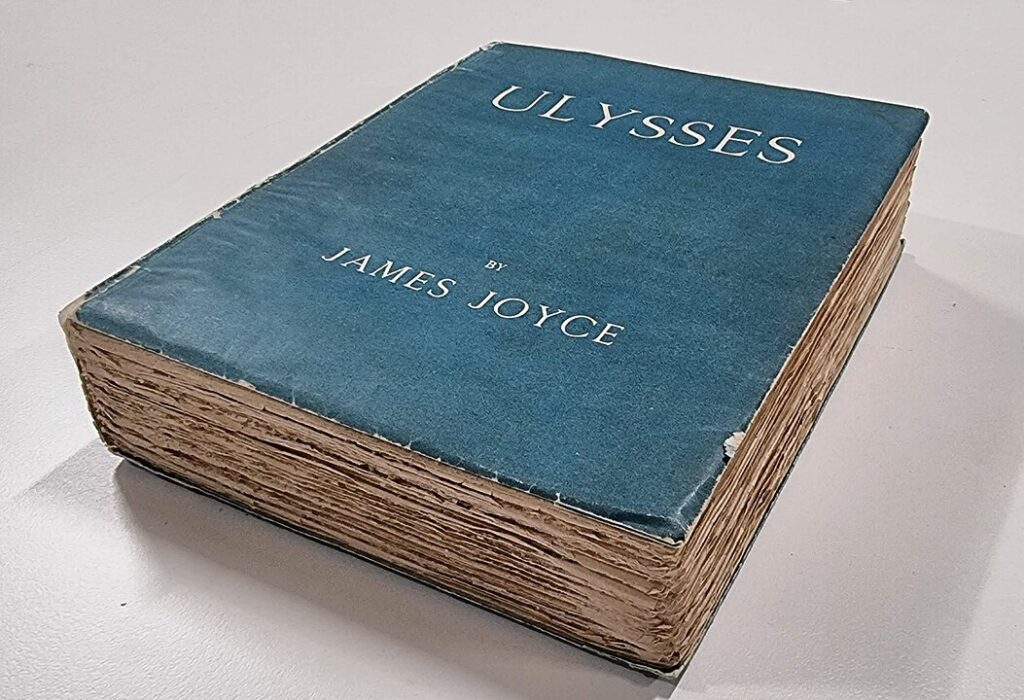
James Joyce’s Ulysses is often labeled as an incomprehensible and impenetrable book. While it is undoubtedly complex, with its stream-of-consciousness style and dense references, Ulysses is a work that rewards careful reading. Understanding the historical, cultural, and linguistic context can greatly enhance the reading experience. The novel’s reputation as difficult can deter readers, but those who persevere often find it to be a richly rewarding literary journey.
Mark Twain Was a Racist
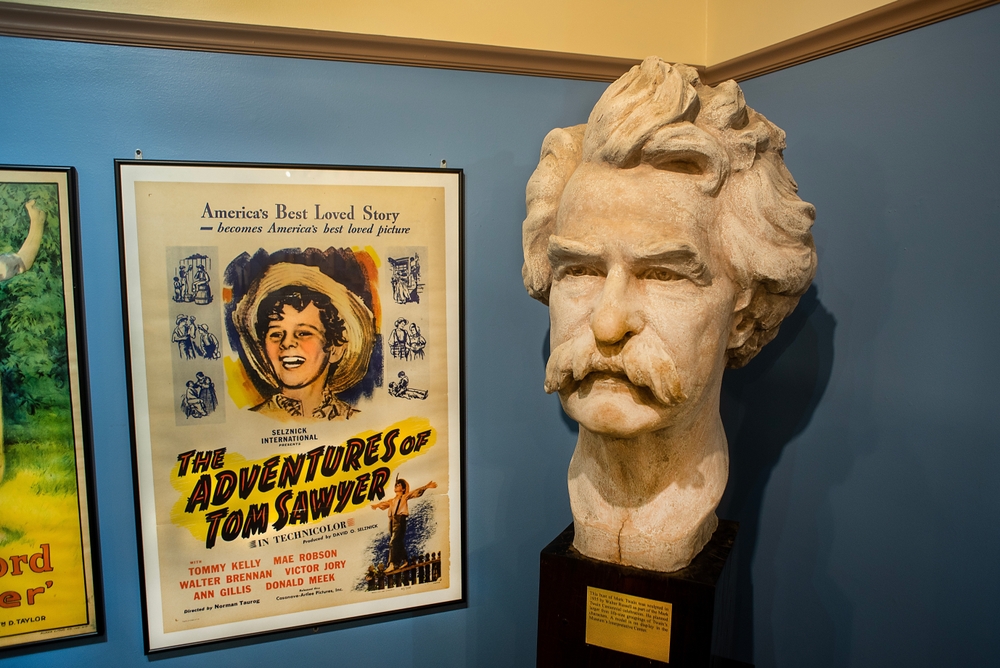
Mark Twain is sometimes accused of being a racist, particularly due to his use of racial slurs in The Adventures of Huckleberry Finn. However, Twain’s portrayal of racism in his work was actually a critique of the societal norms of his time. Twain used satire and irony to expose the absurdity of racism and to advocate for social justice. Understanding the historical context and Twain’s intentions reveals a deeper, more progressive message in his writing.
Ernest Hemingway Was a Macho Man
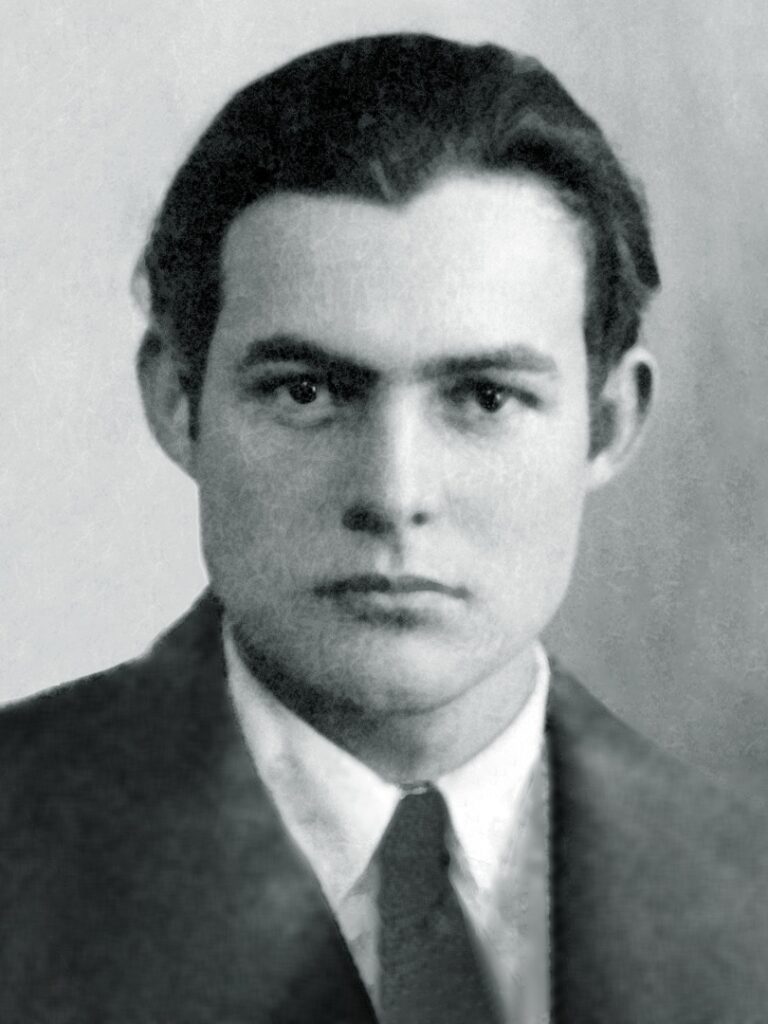
Ernest Hemingway is often remembered as the epitome of masculinity, a macho man who lived life on his own terms. While Hemingway certainly cultivated this image, his personal letters and less-publicized aspects of his life reveal a more complex individual who struggled with insecurity, mental health issues, and a sensitivity that often contradicted his public persona. This myth overshadows the nuances of his character and his writing.
J.K. Rowling Planned Every Detail of the Harry Potter Series from the Start
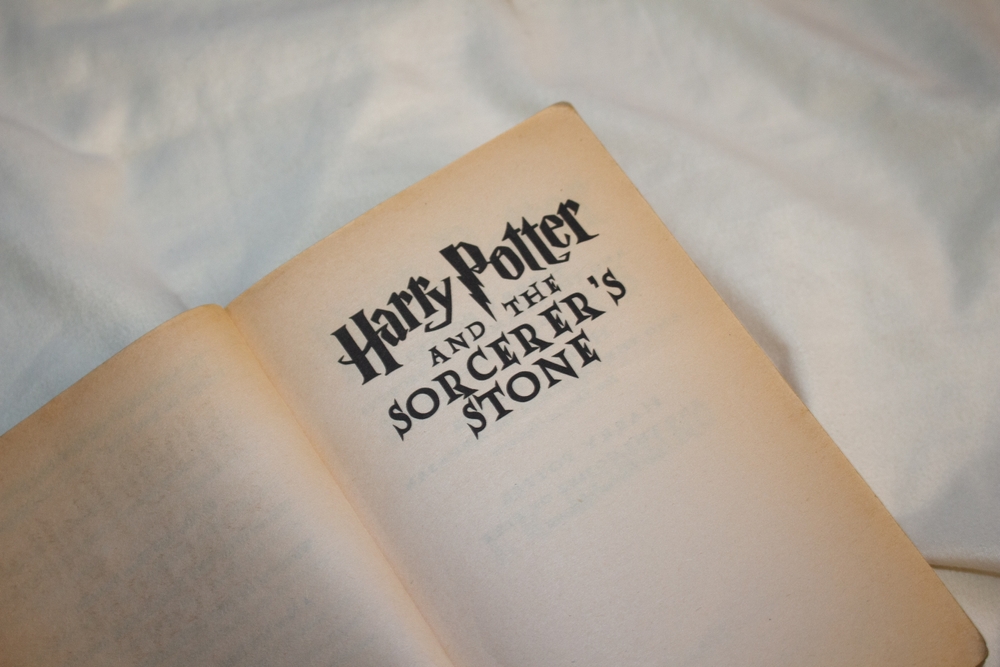
It is commonly believed that J.K. Rowling had every detail of the Harry Potter series meticulously planned from the very beginning. While Rowling did have a broad outline and some key plot points in mind, much of the series evolved as she wrote. Rowling herself has admitted that certain elements and characters developed over time, demonstrating the fluid and organic nature of the writing process.
F. Scott Fitzgerald’s Wife, Zelda, Was the Inspiration for All His Female Characters
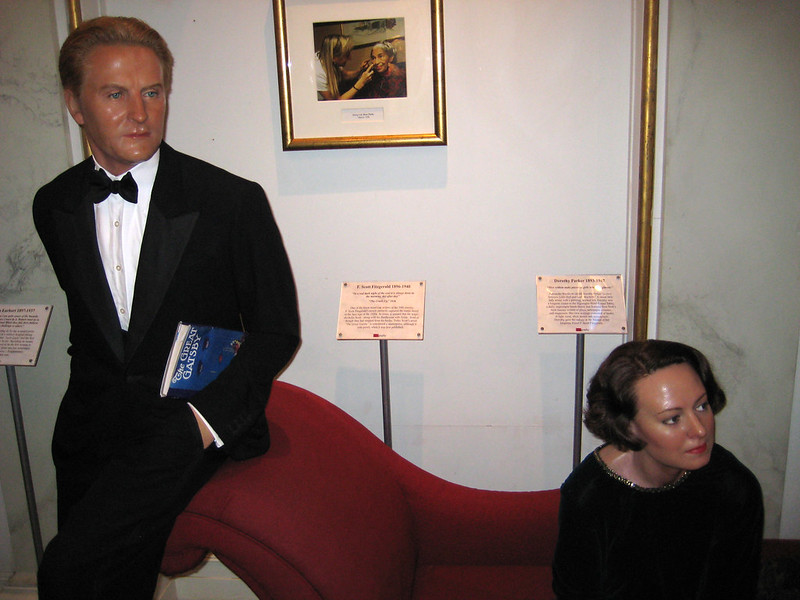
Zelda Fitzgerald is often credited as the inspiration for all the female characters in F. Scott Fitzgerald’s novels. While Zelda certainly influenced his work, especially The Great Gatsby and Tender Is the Night, Fitzgerald’s characters were also drawn from his broader experiences and observations of women in the 1920s. Reducing his female characters to mere reflections of Zelda oversimplifies their complexity and diversity.
Don Quixote Was Meant to Be a Tragedy
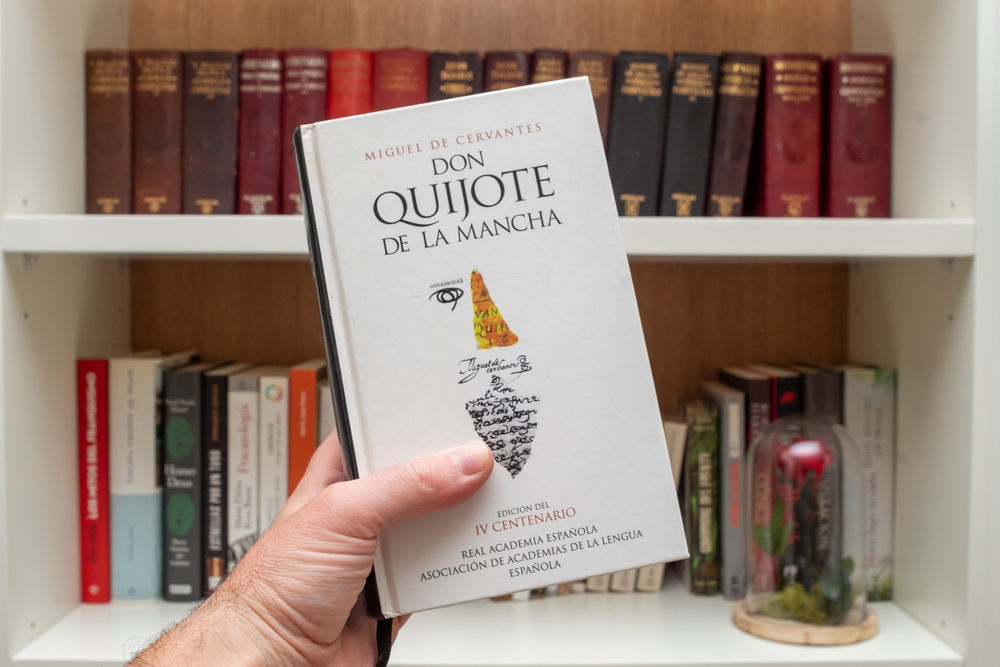
Some readers interpret Miguel de Cervantes’ Don Quixote as a tragedy, focusing on the misadventures and ultimate downfall of the protagonist. However, Cervantes intended the novel as a satire, parodying the chivalric romances popular in his time. The humorous tone and absurdity of Don Quixote’s quests highlight the folly of living in a fantasy world detached from reality. The novel is a comedic critique of idealism, rather than a tragic tale.
Virginia Woolf Was Anti-Social and Depressed
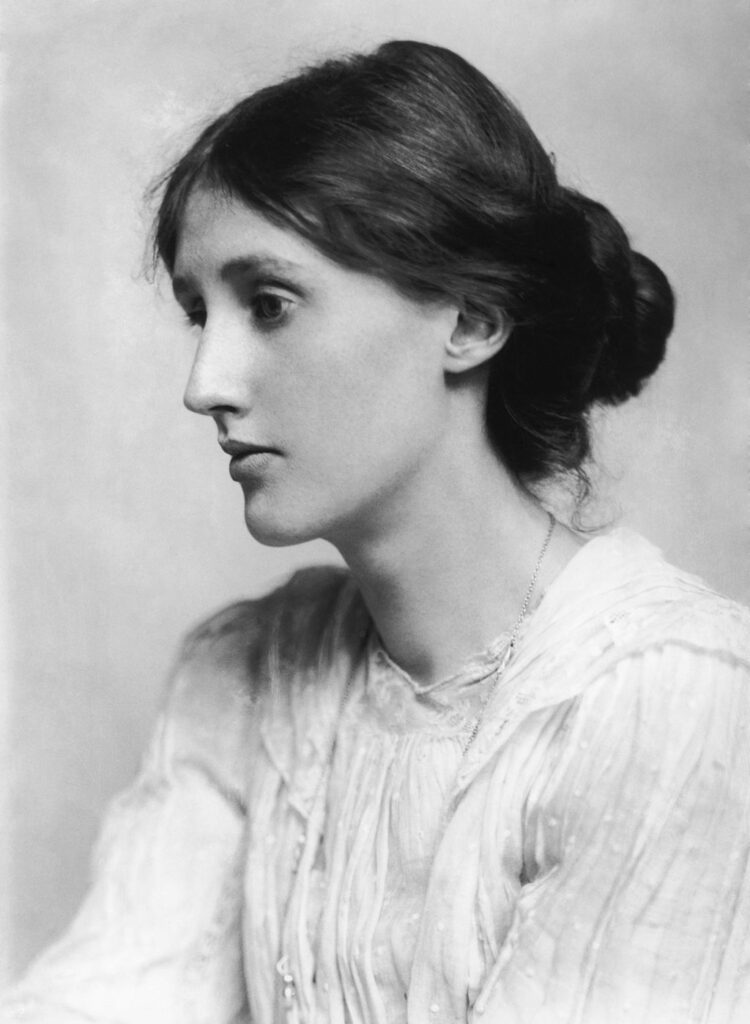
Virginia Woolf is often portrayed as an anti-social and deeply depressed individual, largely due to her tragic end. While Woolf did struggle with mental illness throughout her life, she was also a vibrant, socially engaged person who was actively involved in literary circles. Her friendships and collaborations with other writers and artists were vital to her work. The stereotype of Woolf as solely melancholic diminishes her multifaceted personality and the joy she found in her creative life.
The Lord of the Rings Is an Allegory of World War II
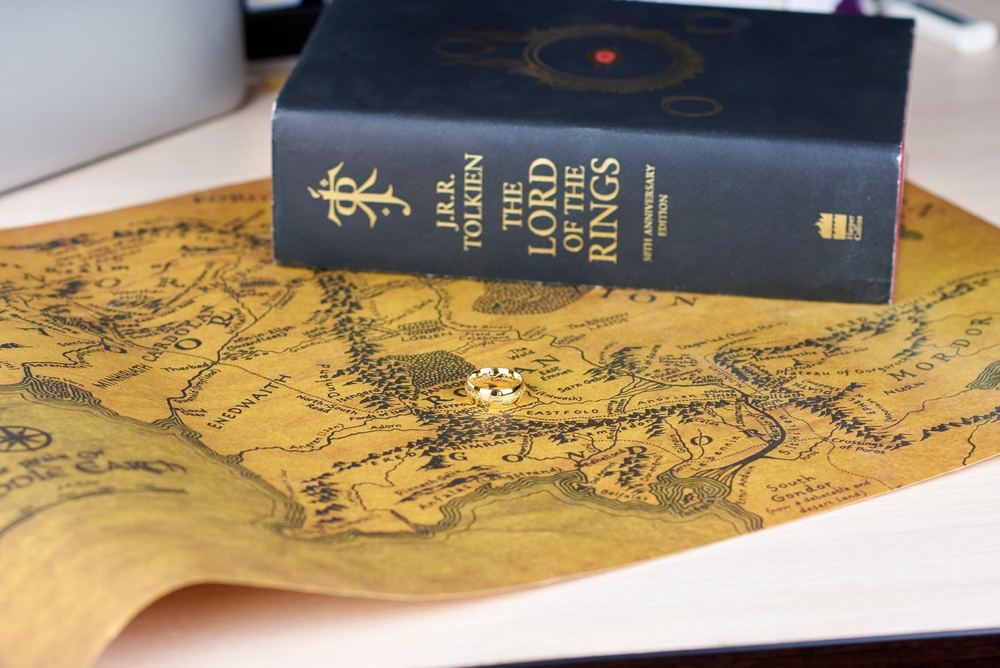
J.R.R. Tolkien’s The Lord of the Rings is often interpreted as an allegory of World War II, with characters and events symbolizing real-world figures and battles. However, Tolkien himself rejected this interpretation, stating that the story was not an allegory, but rather a work of imagination. While the experience of war undoubtedly influenced Tolkien, he intended the novel to be an exploration of broader themes like good versus evil, friendship, and the power of hope.
Emily Dickinson Was a Reclusive Hermit
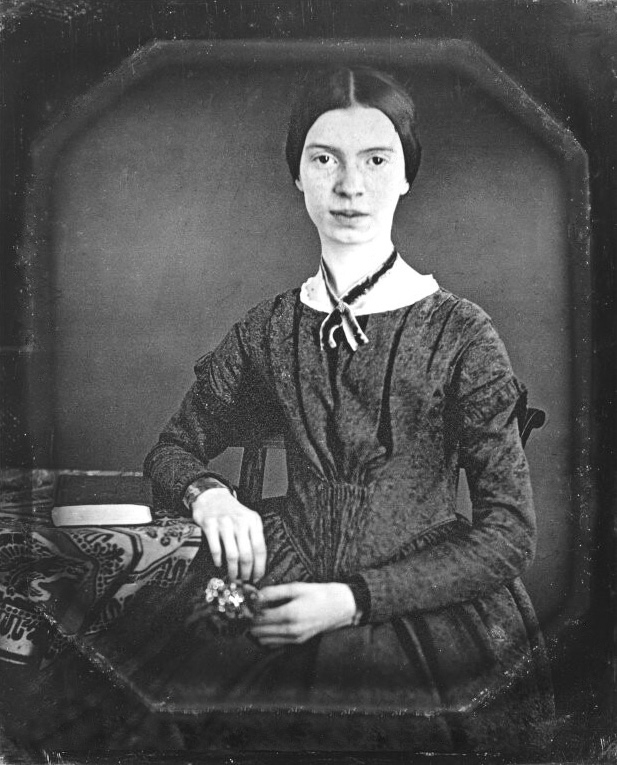
Emily Dickinson is frequently described as a reclusive hermit who rarely left her home and had little contact with the outside world. While Dickinson did lead a relatively private life, she was far from isolated. She maintained a wide network of correspondents and was deeply engaged with the literary world through her letters. This myth overshadows the vibrant intellectual and social life that Dickinson cultivated, even within the confines of her home.
Charles Dickens Wrote A Christmas Carol to Relive His Childhood
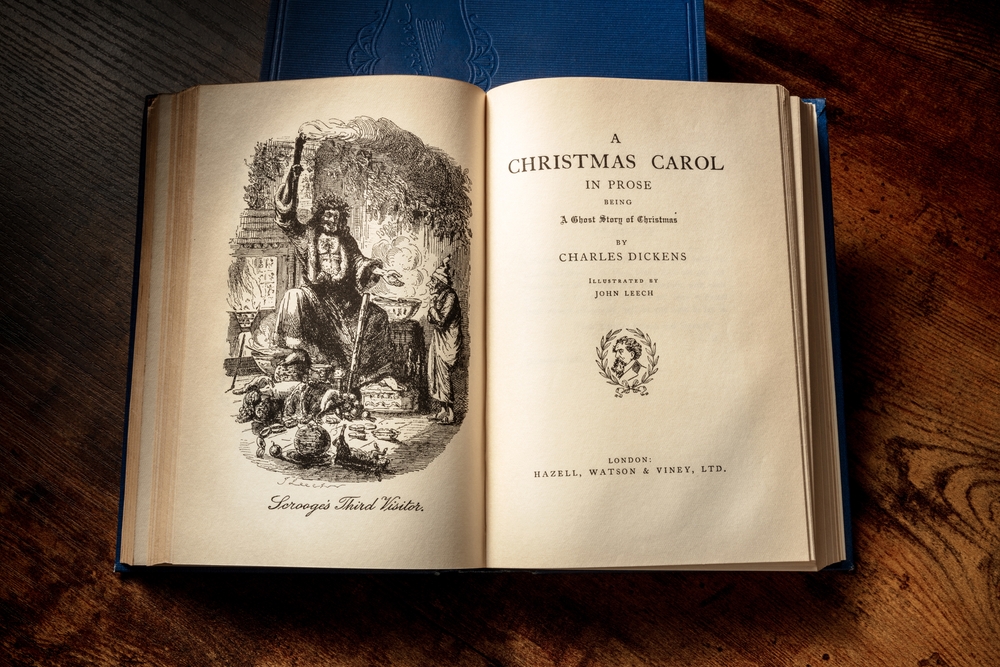
It is often assumed that Charles Dickens wrote A Christmas Carol as a nostalgic attempt to relive his childhood, focusing on the joys of Christmas. In reality, Dickens wrote the novella as a social commentary on the severe poverty and injustice of Victorian England. He intended the story to highlight the need for compassion and generosity toward the poor, using the Christmas setting as a vehicle to deliver this powerful message. The myth of nostalgia overshadows the critical social themes Dickens was addressing.
This article originally appeared on UnifyCosmos.
More from UnifyCosmos
19 Effective Strategies to Boost Your Creative Thinking

Engage in activities that challenge your perspective and collaborate with others to spark new ideas. Regularly stepping out of your comfort zone can lead to unexpected and innovative solutions. Read more!
22 Ways To Avoid Being Broke on a High Salary

This article will explore practical strategies to help you avoid being broke even when you have a substantial paycheck. By following these tips, you can ensure a more stable and secure financial future. Read more!
20 Indicators Your Boss Cares About You & Your Career

If you’re wondering whether your boss cares about you and your career, look for these key indicators. They might reveal just how invested they are in your professional journey. Read more!
Leave a Reply